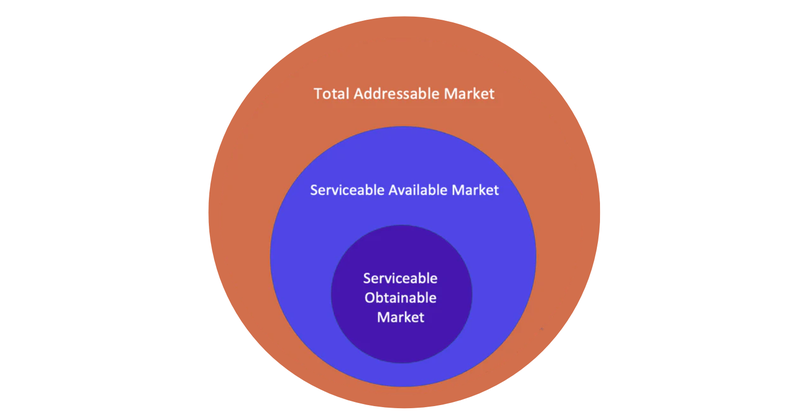How to position yourself to get the investment you needHow to position yourself to get the investment you need
When it's time to search for money, be sure you have all the information your potential investors will want to see, particularly your brand's market potential.

Whether you’re an emerging brand or a small producer of a specialty product, you know it takes capital to grow your business. I hear from entrepreneurs looking for investors to fund their business. Some are in the middle of raising but need help convincing certain investors who have shown interest or who have verbally committed but are waiting for more data. Some are just beginning the search and need to put together their growth strategy.
No matter the stage, your growth plan will have to make sense and be believable to investors. They want to know how you will spend their money and they need to assess risk. Perceived risk will determine when they will get in, how much they are in for and the structure of the deal.
First, understand that aggressive growth valuations are probably not appropriate for your business. High multiples of revenue are only expected for brands that have real strategic advantages in hot categories (alt-animal today; energy drink yesterday) and majority share can endure. PepsiCo’s Gatorade still holds majority share of the global energy drink market, but most category leaders capture less than 20% share of their categories.
The second thing you’ll need to nail is matching your stage of growth and milestone expectations with the investment need. Many brands looking to raise think they are funding the scaling of their brand when, really, they are still in the startup phase. Likewise, investors expect certain data and growth models from brands in their pitch. This mismatch leads to stalled out raising rounds and/or bad deals that kill brands.
Lastly, gone are the days when investors were willing to fund digitally native brands in order to see them into other channels like retail. Today, investors want retail proof. Showing viable sales in another channel, within your budget and prior to the next raise, is tricky yet necessary in 2023.
Capital markets have corrected and food company valuations are not as astronomical as they were. That means investors are looking for safer bets and scrutinizing deals more closely, making it difficult for small brands to close deals.
Yet, deals are being made all the time.
What’s your market potential?
In an increasingly competitive funding environment, being taken seriously by investors starts with accurately and honestly predicting your brand’s market potential. The market potential of a brand should be within the context of the addressable market.
Evaluate yours using these three approaches: bottom up, top down and household penetration.
Bottom up
This is the most accurate and trusted way to predict your market potential because it is based on your current performance:
Show latest period velocities (units per store per week).
List out number of future stores.
Apply velocities.
For D2C sales, show growth rate, including new customer acquisition rate and retention rate (% repeat), then project your potential.

Top down
You’ve seen this concentric circle before. You want to show total category as the biggest circle, then a segment within that category, and your sub-segment at the core. These should correlate to what Nielsen or IRI has coded as categories and segments.
But our products don’t fit any category – we’re totally new. A lot of brands want to say they are creating a category where none exists. While a new category may be created in the future, for now, syndicated data will code you somewhere that currently exists, which should be where you are being merchandized—on the physical or virtual shelf. Go with that. This approach supports your bottom up projections.
You can get category data from primary sources—Nielsen, SPINS or IRI for in-store; Stackline or Junglescout for Amazon—or secondary sources, such as market intelligence reports, trade publications or industry groups.
Household penetration
Household penetration refers to the approximate percentage of total households that are users. It is an extrapolation based on panel data. You don’t have to get fancy Nielsen panel data to get usage and consumption rates. Commodity groups track volumes (shipments) and have studies on total household penetration, consumer purchases per month and per capita consumption rates. Talk to your suppliers and get connected to their commodity reports.
Once you have a realistic market potential, next you want a growth strategy tied to the capital amount you are asking for in your fund raise.
This is the first in a two-part series about raising capital. Check back on May 24 for part two.
Have some big ideas or thoughts to share related to the natural products industry? We’d love to hear and publish your opinions in the newhope.com IdeaXchange. Check out our submission guidelines.
Read more about:
IdeaXchangeAbout the Author
You May Also Like





